Biography
He was born to a long-established family of craftsmen. His father was a master carpenter. Initially, he was going to follow him into the carpentry trade, but his artistic talents were noticed by the sculptor, August Kiss, who advised him to go to Berlin to study. There, he attended the Prussian Academy of Arts until 1867, after which he worked at the studios of Albert Wolff, whom he assisted on an equestrian monument to King Frederick William III.
In 1872, he was awarded a scholarship by the Michael Beer Foundation, enabling him to study in Rome. After his return to Berlin in 1874, he went into business as a freelance sculptor. His major works include the marble group, “Marktverkehr" (Market traffic, 1879, now lost) for the Belle-Alliance Bridge (now the Halle-Gate Bridge [ de ]), and “Der Dämon des Dampfes" (The Demon of Steam, 1880) for the Technical University.
He was appointed a Professor and head of the sculpture classes at the Kunstakademie Königsberg in 1881. He also served as its director. While there, he executed numerous busts, memorials and decorative figures for public buildings; notably the statues of "Albert, Duke of Prussia" (1891), and Kaiser Wilhelm I (1894), both outside Königsberg Castle.
In 1900, he began to suffer from a heart condition. By 1904, he was forced to give up teaching. He died in 1906, on a vacation trip to Sicily. He never married, but was accompanied throughout his life by his housekeeper, Rosa, who was with him when he died.
He is buried in his hometown. Several of his works are there, including a "Soldiers' Monument" (1877), an equestrian statue of Kaiser Wilhelm I (1892), and a bronze statue of "Otto von Bismarck" (1900).
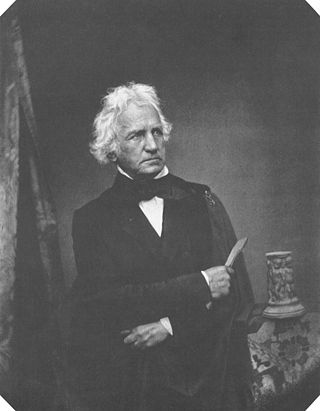
Christian Daniel Rauch was a German sculptor. He founded the Berlin school of sculpture, and was the foremost German sculptor of the 19th century.

Friedrich Drake was a German sculptor and medallist, best known for his huge memorial statues.

Bruno Schmitz was a German architect best known for his monuments in the early 20th century. He worked closely with sculptors such as Emil Hundrieser, Nikolaus Geiger and Franz Metzner for integrated architectural and sculptural effect.

Adolf von Donndorf was a German sculptor.

Rudolph Siemering was a German sculptor, known for his works in both Germany and the United States.
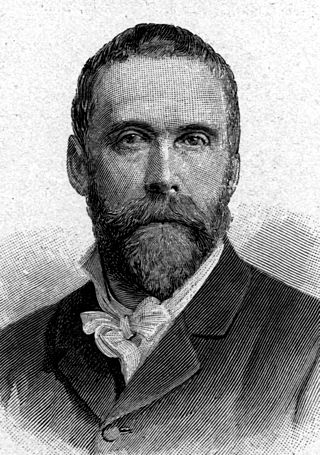
Syrius Eberle was a German sculptor and art professor.
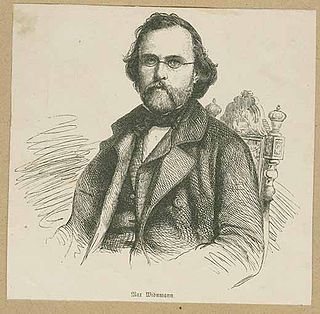
Max von Widnmann was a German sculptor and professor at the Academy of Fine Arts in Munich. Many of his works were commissioned by King Ludwig I of Bavaria.

Wilhelm von Rümann was a prominent German sculptor, based in Munich.
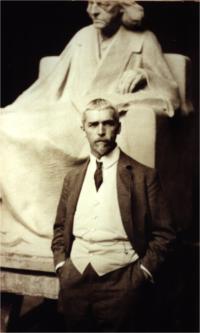
Adolf Brütt was a German sculptor. He was the founder of the Weimarer Bildhauerschule and its accompanying bronze foundry.
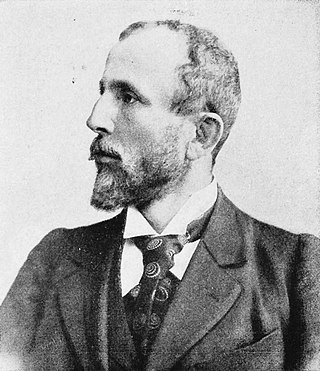
Max Baumbach was a German sculptor.

Joseph Johann Ludwig Uphues was a German sculptor.

Eugen Boermel, also spelled Börmel was a German sculptor, writer and inventor.

Johannes Boese, also spelled Böse, was a German sculptor and art professor.

Peter Christian Breuer was a German sculptor.

Gustav Heinrich Eberlein was a German sculptor, painter and writer.

Martin Wolff was a German sculptor.

Max Unger was a German sculptor.

Wilhelm Georg Johannes Wandschneider was a German sculptor.
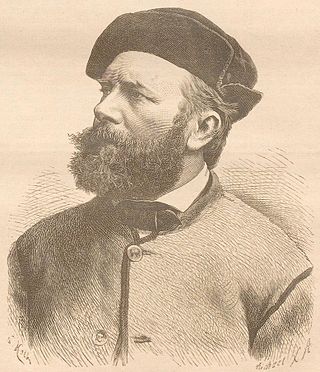
Carl Conrad Albert Wolff was a German sculptor, and medallist.

Stanislaus Cauer was a German sculptor, medallist and art teacher. He is best known for his monument to Friedrich Schiller.
This page is based on this
Wikipedia article Text is available under the
CC BY-SA 4.0 license; additional terms may apply.
Images, videos and audio are available under their respective licenses.





















